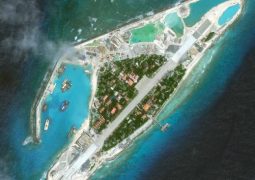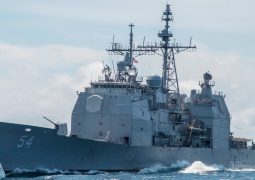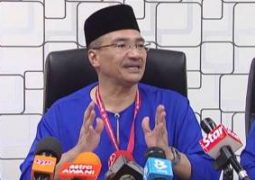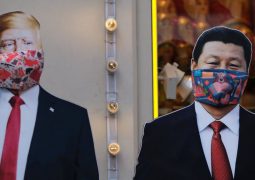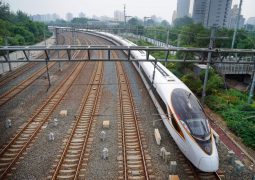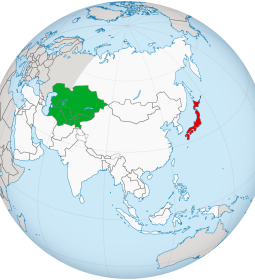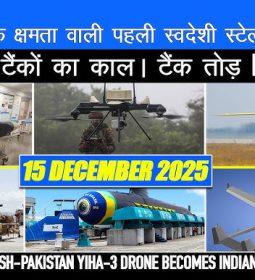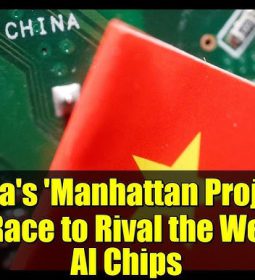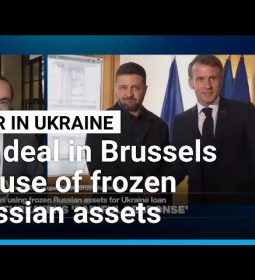New Economic Pact in Asia: No India and USA part of it: How Asia’s giant trade pact took shape as global tensions grew
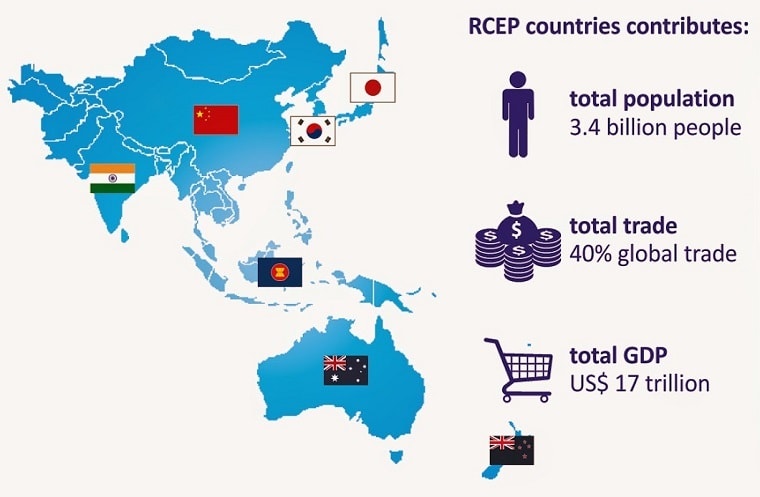
After more than eight years of talks between Asia Pacific nations, the world’s largest trading bloc is near completion.
Leaders of Asia Pacific countries met in Bangkok for another round of negotiations surrounding the RCEP, which they hope to sign in 2020
Leaders of the world’s fastest-growing economic region have spent almost a week in Bangkok ironing out details of the China-backed Regional Comprehensive Economic Partnership (RCEP), its latest move to counter slowing global trade.
In its current form, the coalition is expected to form the “world’s largest trading bloc,” Al Jazeera’s Asia correspondent Scott Heidler reported from Bangkok.
But misgivings by India and the absence of US President Donald Trump have complicated the road to a deal.
What is RCEP?
RCEP is a proposed free trade agreement between the 10 member states of the Association of Southeast Asian Nations (ASEAN) and six partner countries.
Together, these countries are estimated to make up about 32 percent of the world’s economy with a total gross domestic product (GDP) of $28 trillion, according to calculations based on World Bank data. It will encompass almost half of the world’s population, or 3.6 billion people.
The concept was first announced in November 2011 at the annual ASEAN summit and close to 30 rounds of negotiations have been held since then.
Which countries are part of it?
The RCEP comprises 16 original signatories – Australia, Brunei, Cambodia, China, India, Indonesia, Japan, Laos, Malaysia, Myanmar, New Zealand, the Philippines, Singapore, South Korea, Thailand and Vietnam.
What are India’s misgivings?
India is the third largest of these economies after China and Japan, and it has major reservations about the deal, resulting in a delay of its conclusion.
Chief among its concerns is the potential for a flood of imports, not just from China but also from ASEAN nations, with which it currently has a free trade pact. India imports far more from ASEAN – mostly cheap agricultural goods – than it exports to it, incurring large trade deficits with these countries.
India’s farmers are also worried that imports of dairy products from Australia and New Zealand could threaten their livelihoods.
Indian Prime Minister Narendra Modi is being forced to balance opposition at home, even from some of his own ministers, with not wanting to be left out of what could become the world’s largest trade grouping.
“India’s been badly in need of economic stimulus. Things are going down there. So [Modi] will be looking at making a good deal, but he has to make it under terms that he can go back domestically and sell it,” Einar Tangen, a Beijing-based political analyst and commentator, told Al Jazeera.
When is RCEP expected to be signed?
Prior to the ASEAN Summit, most leaders and negotiators said that they hoped the partnership would be concluded by the end of 2019.
The delayed deal is now expected to be signed in February 2020, Thai Commerce Minister Jurin Laksanawisit and other Southeast Asian ministers said on Monday.
What does RCEP mean for the US-China trade deal?
US President Donald Trump’s no-show at the ASEAN Summit was seen by many as a sign that his country is more concerned with domestic affairs than the geopolitical and economic fate of Southeast Asian countries.
“The United States has politically already ceded the region to China. Militarily, the one area in which it has maintained the lead, has also dropped. And I think it’s in China’s interest to see this code of conduct go through. It is in the detriment to the US and to ASEAN itself,” Tangen told Al Jazeera.
India’s PM Narendra Modi faces concerns at home that the trade pact may let cheap Chinese goods flood the market [Chalinee Thirasupa/Reuters]
How does RCEP differ from the older Trans-Pacific Partnership Agreement?
The Trans-Pacific Partnership (TPP) Agreement was first proposed by former US President Barack Obama and negotiations to unite the US with eleven countries in the Asia-Pacific region in a free trade agreement began in 2008.
But the TPP shrank in significance when Obama’s successor, Trump, pulled out of the agreement in January 2017, expressing disdain for multilateral free trade pacts.
Rebranded the Comprehensive and Progressive Agreement for Trans-Pacific Partnership (CPTPP), it comprises the 11 remaining countries and accounts for 13.4 percent of the global economy, much smaller than the 40 percent of global GDP it would have covered if the US had stayed in. This agreement was reached in January 2018.
RCEP, on the other hand, is a China-led initiative.
What does RCEP mean for Southeast Asia?
Although Southeast Asia, home to some of the world’s fastest-growing economies, has long tried to position itself as being central to negotiations, it is also reluctant to take sides in the US-China trade war.
“This centrality is something they want to have conferred about them but geographically and geopolitically, in relation to the United States and China, ASEAN wants to disappear instead of becoming central,” Benjamin Zawacki, an independent Southeast Asia analyst told Al Jazeera.
“And that is to the detriment, I think, of ASEAN – it has for some 52 years been far more effective at convening power as opposed to conveying its own power,” he said.
- Previous Thai King continues palace purge, expels bedroom guards for ‘extremely evil misconduct’ and ‘adultery’
- Next Asia’s giant trade pact is not waiting for India



